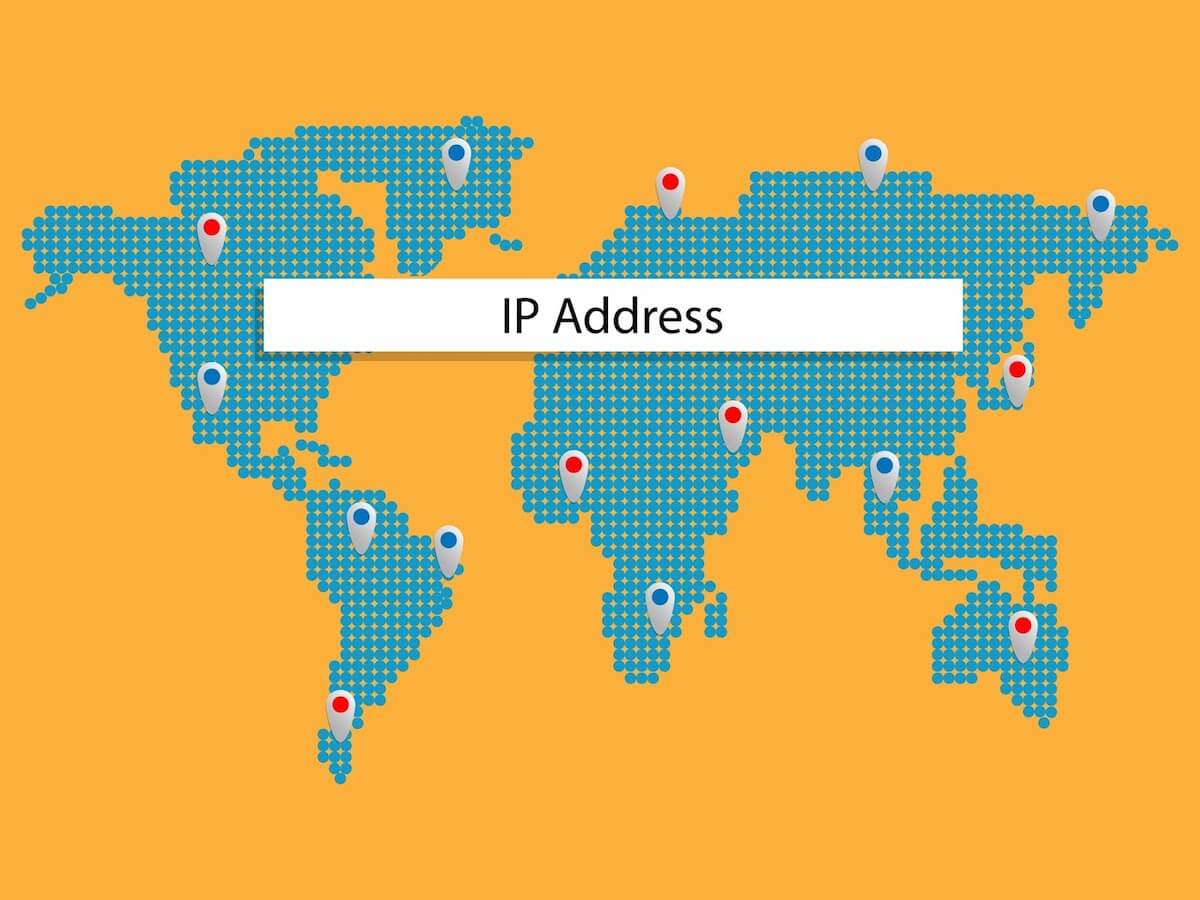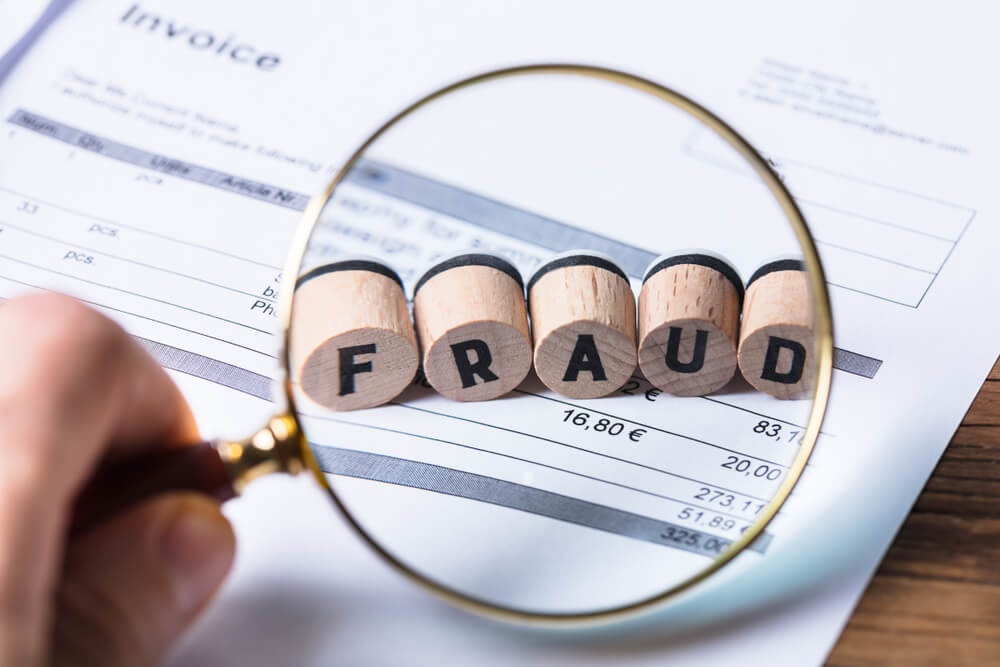IP and WHOIS Database: How to Find APNIC Block Owners
In the 1980s, detectives, investigators, and regular people who wanted to solve a mystery would need to sit in a car for hours, wear a disguise, and follow their subjects everywhere, be it on foot or by car.
The nature of crimes, however, has changed today. Most of them no longer happen physically; they’re committed in the virtual realm. And so, they call for new methods of investigation where legwork (in the physical sense, that is) is no longer required. Tracing the identity of a cybercriminal, for instance, now requires the right information and sources like an IP WHOIS database.











































